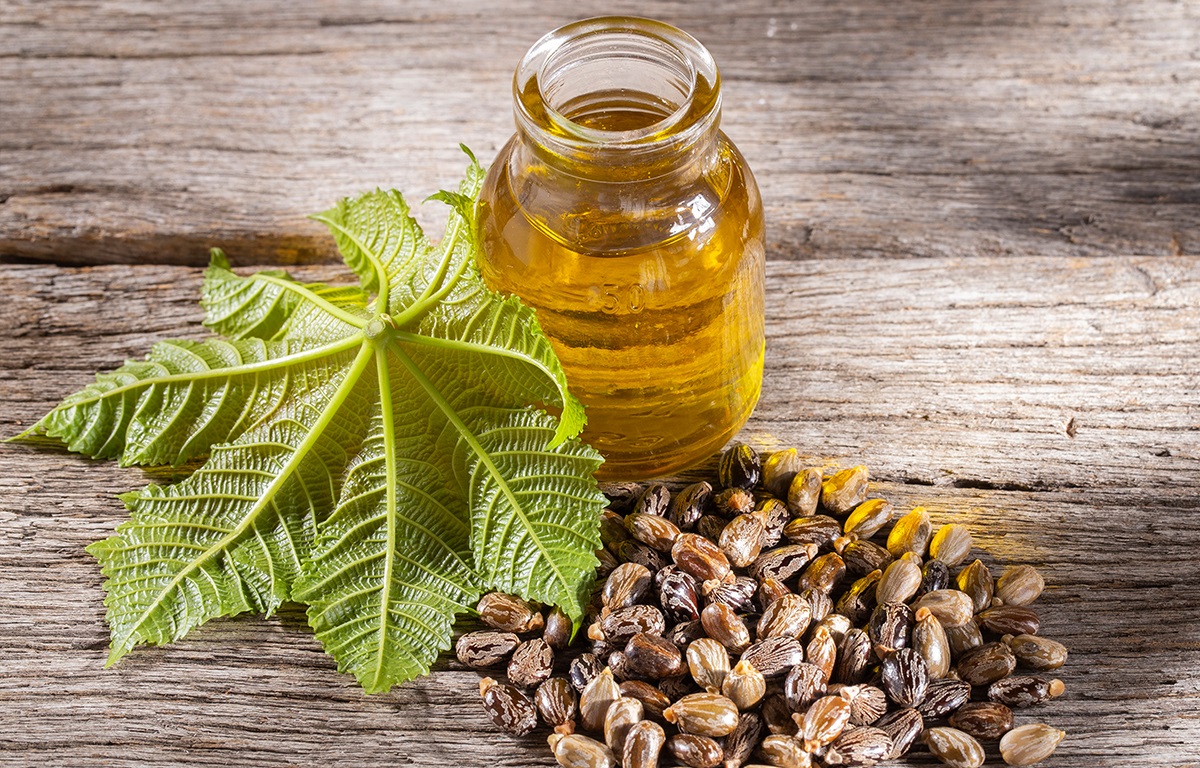Ricin is a very poisonous protein found in the castor bean plant’s seeds (Ricinus communis). It is one of the most dangerous naturally occurring poisons known to humans. Ricin is a glycoprotein, which means it has carbohydrate (sugar) molecules attached to it. The protein is made up of two subunits called the A chain and the B chain, which are joined together by a disulfide bond. Ricin’s B chain is in charge of attaching to certain receptors on the surface of cells, notably in the gut lining, allowing the toxin to enter the cells. Once within the cell, ricin’s A chain inhibits protein synthesis, eventually leading to cell death. Ricin’s detrimental effects differ depending on the route of exposure. It can produce severe gastrointestinal symptoms such as vomiting, diarrhoea, and abdominal pain if consumed. Ricin inhalation can cause respiratory discomfort, coughing, and trouble breathing. It can induce local tissue damage as well as systemic consequences if administered.
What are the symptoms of ricin poisoning?
Ricin poisoning can cause a wide range of symptoms, depending on the route of exposure (ingestion, inhalation, or injection) and the amount of ricin consumed. Here are some of the most typical symptoms of ricin poisoning: Symptoms of ingestion include abdominal pain, nausea, vomiting, and diarrhoea. Respiratory distress, coughing, chest tightness, difficulty breathing, fever, headache, muscle aches, weakness, and weariness can all result from inhaling ricin. Ricin can cause damage to numerous organs and their normal activities, such as the liver, kidneys, and heart, as well as other health complications that require rapid medical diagnosis and treatment or medical guidance in severe cases.
How ricin can be tested in the laboratory
To identify the presence of ricin in various samples, such as human fluids or environmental samples, immunoassays, polymerase chain reaction (PCR), or mass spectrometry may be used. Because of its severe toxicity, it is critical that ricin be handled and tested only by skilled professionals in a controlled laboratory setting.
How carried out thermal inactivation of Ricin
Thermal inactivation of ricin refers to the process of rendering the protein inactive by exposing it to high temperatures. According to one study, heat inactivation of ricin followed first-order kinetics. The half-life (t1/2) of ricin at 72, 80, 85, and 90°C were 72.6, 9.0, 2.0 and 0.5 min, respectively. Another study used infant formula as a food matrix and found that the thermal inactivation of ricin was the least effective at 70°C for 30 minutes. However, the following step will be considered for thermal inactivation of ricin as given below.
- Sample Preparation: To make a sample, ricin is isolated or extracted from its source, such as castor beans. The substance is then processed to produce ricin in a concentrated state.
- Temperature Control: A regulated temperature is applied to the ricin sample, which is ordinarily higher than that needed to render the poison inactive. The precise temperature and length of exposure are determined by the level of inactivation sought as well as the properties of the ricin sample.
- Heat Treatment: The temperature of the ricin sample is kept under control for a specific amount of time. This makes sure that the sample is thoroughly heated, effectively neutralizing the ricin.
- Cooling: The ricin sample is chilled to stop the thermal inactivation process after the desired exposure period. This step is essential for avoiding any potential dangers or reactivation of residual heat. The success of the heat treatment is subsequently verified through analysis of the inactivated ricin sample.
Authors: Dr. Sanjoy Gupta and Kumar Nitesh
Reference
- Microsoft Word – Master’s Thesis-Na Wang-entire2.1.doc (umn.edu)
- https://pubs.acs.org/doi/full/10.1021/jf061199n
- https://journals.plos.org/plosone/article/file?id=10.1371/journal.pone.0201857&type=printable
- https://en.wikipedia.org/wiki/Ricin



Nice information